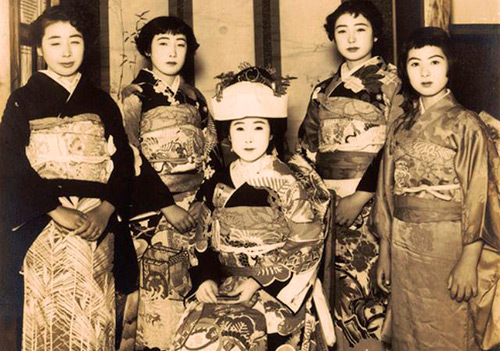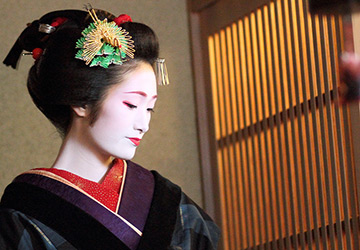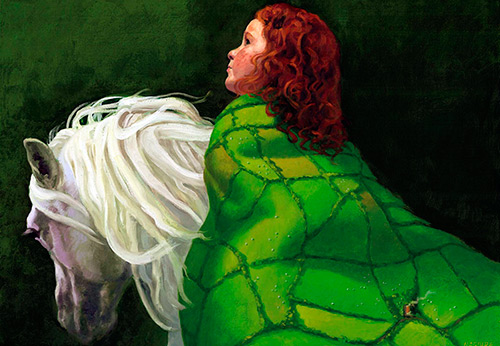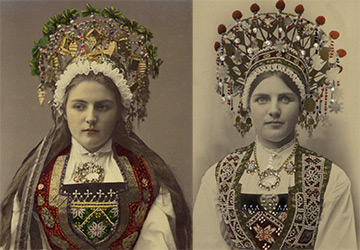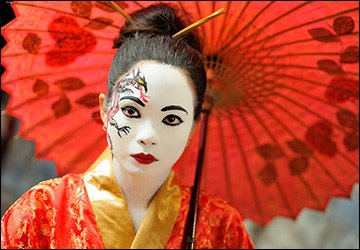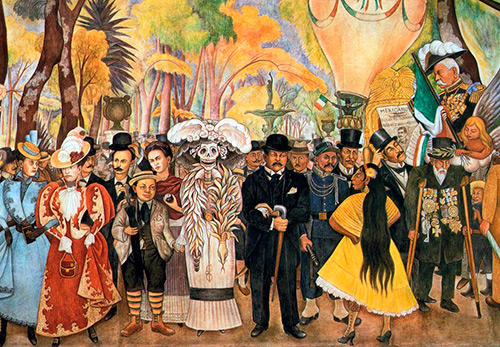Fashion history
National costume of Japan and fashion history
The culture of Japan is interesting and unusual. Japan is an oriental country with rich traditions for thousands of years. The Japanese national costume is also interesting. And this is not only the well-known kimono.
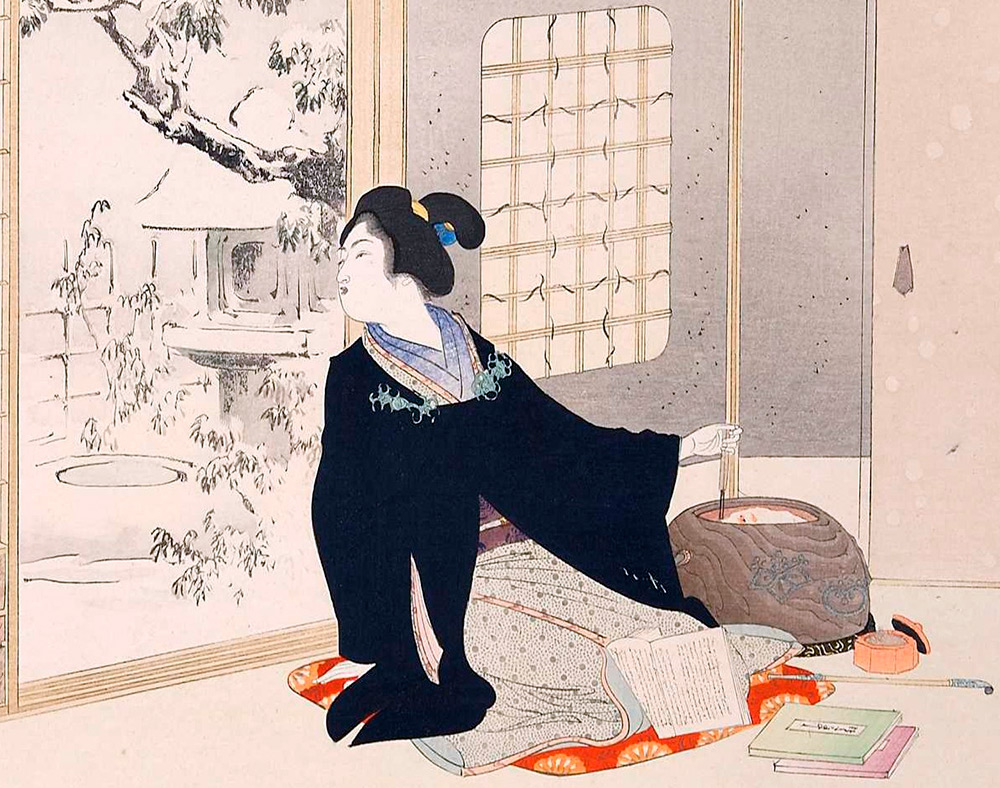
Painter Mizuno Toshikata (1866-1908)
Snow covered garden
In the III century in Japan, according to the Chinese chroniclers, Queen Himiko lived. It is with the description of the times of this queen in the Chinese chronicles that the first mentions of the female and male costume of the Japanese are associated. In those days, the Japanese already knew how to weave, including silk fabrics.
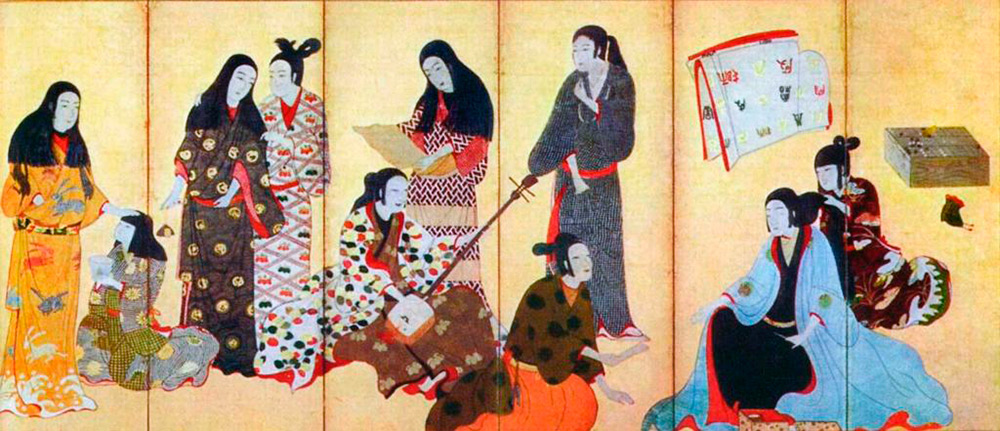
Entertainment women 1
Edo period (early 17th century)
The form of clothing, like some other elements of their culture, the Japanese initially borrowed from the Chinese - for example, the tea ceremony, hieroglyphs. However, over time, all traditions have changed and took on their own unique flavor. So, the traditional Chinese dress robe in Japanese culture was transformed into a very original costume - kimono.
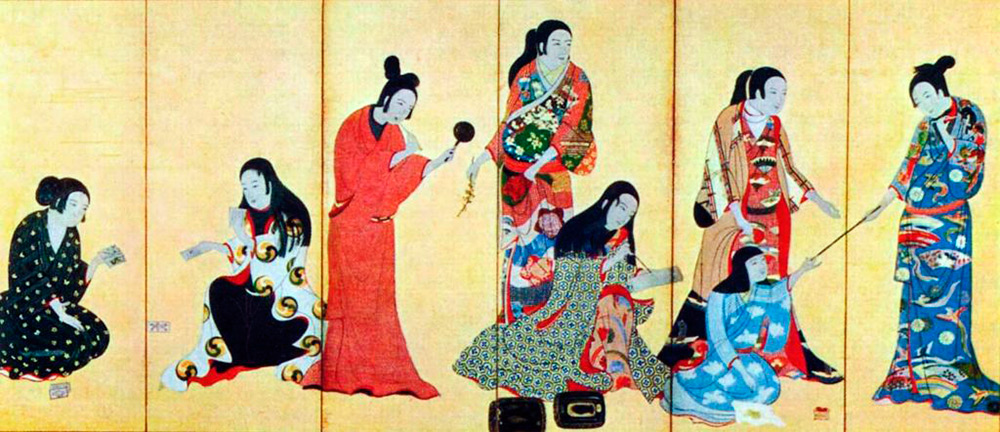
Entertainment women 2
Edo period (early 17th century)
Male and female national costume of Japan
The men's national costume in Japan consisted of pants and, most often, open-top outerwear.
So, the peasants wore trousers and a shirt with long sleeves, which was tied with a rope. The famous traditional Japanese geta shoes also appear among common people - fishermen. Geta is wooden shoes with two heel legs. The Japanese wore such shoes, for example, when collecting seaweed in shallow water. Geta - both men's and women's shoes.
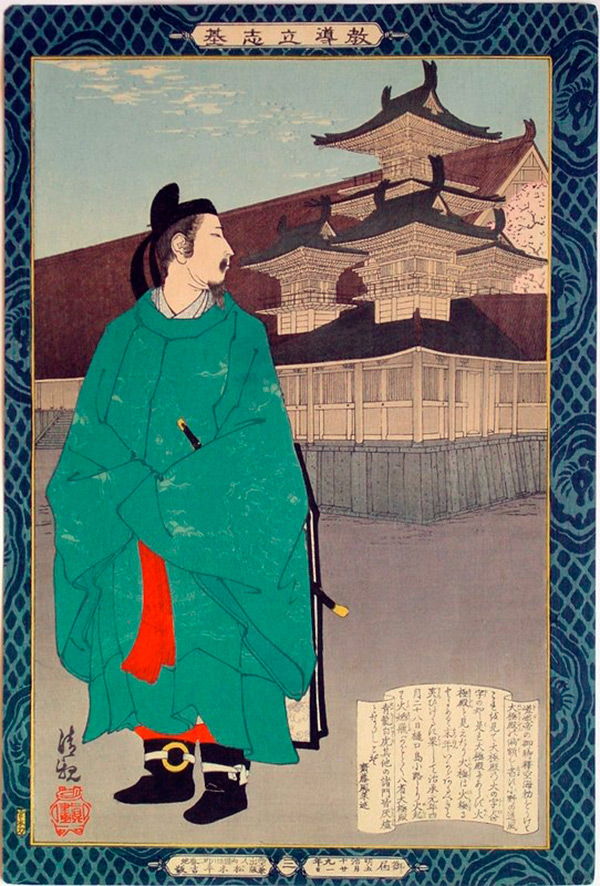
Artist Kobayashi Kiyochik (1847-1915)
Another type of traditional Japanese footwear is the woven zori sandals. Zori are dimensionless and flat. They were most often woven from bamboo, rice straw, or reed.
Also, the Japanese could wear tabi - a very original shoe, more like socks. But at the same time, the tabi, like the mittens, had a separate pocket for the big toe. The Japanese still wear tabi to this day, and this shoe is also considered a very popular souvenir among tourists.
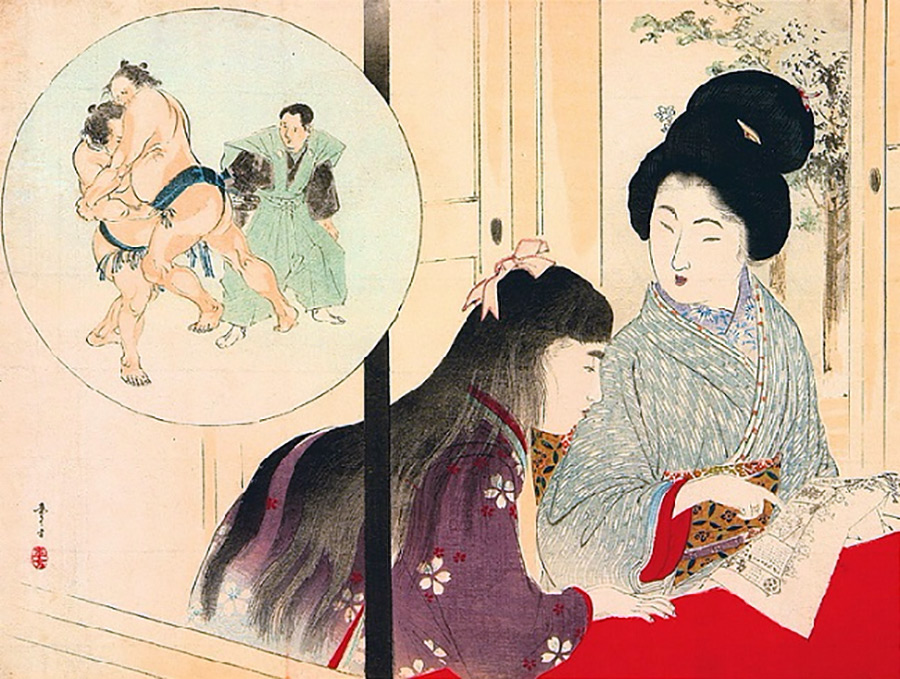
Painter Mizuno Toshikata (1866-1908)
Sumo match result
Men in Japan wore fundoshi as underwear, a rectangular piece of cloth that was wrapped around the waist and tied in a knot. In this case, one of the ends of this peculiar loincloth was passed between the legs and fixed on the belt. Fundoshi thus acted as an underwear.
Then they put on kosimaki - an unstitched skirt that was attached with a ribbon at the waist.
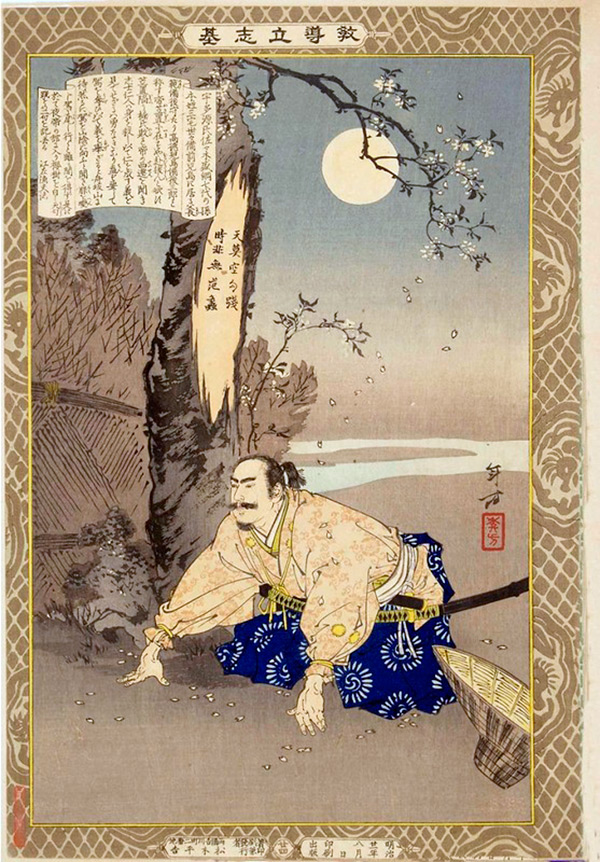
Painter Mizuno Toshikata (1866-1908)
A juban was worn on the shoulders, which also played the role of underwear. Juban is an upper shoulder garment in the form of a straight robe. The length is short, up to mid-thigh. The juban had short, wide sleeves.
Top men's clothing was haori or kimono and hakama.
Hakama are pants that look very similar to a skirt. Such traditional Japanese pants were long, wide and tightly pleated. Hakama could be worn with both a kimono and a haori.
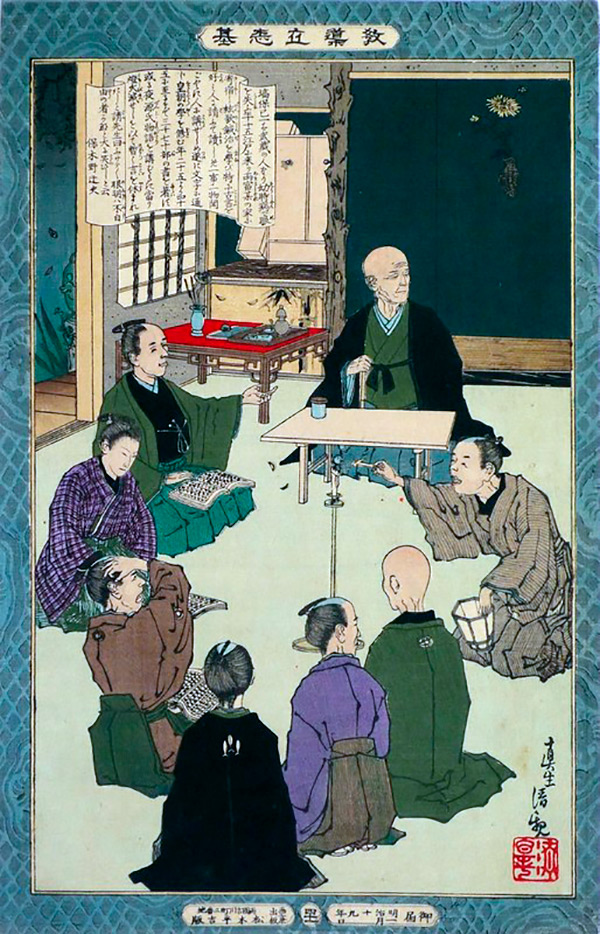
Artist Kobayashi Kiyochik (1847-1915)
The traditional ceremonial dress of the Japanese reifuk to this day consists of hakama pants and haori kurki, worn over a kimono.
Haori is an outerwear in the form of a jacket with a stand-up collar and wide rectangular sleeves. The front of the short haori jacket had a fastener in the form of ribbons that were tied with a bow.
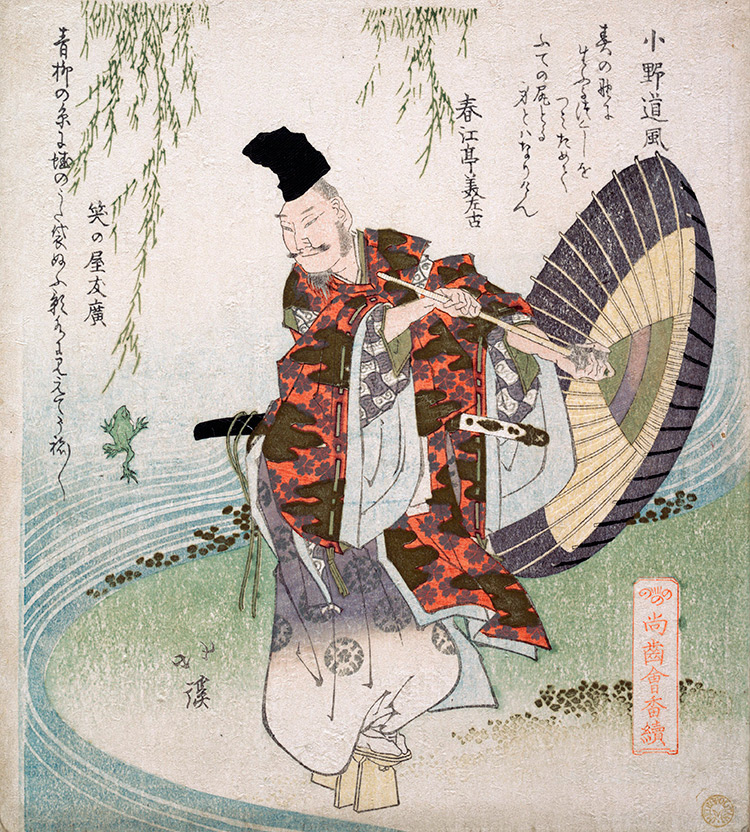
Totya Hockey
engraving
As for the kimono, the traditional Japanese costume was worn by both women and men. It is believed that the first kimonos appear in the 7th-8th centuries. Outwardly, the kimono looks like a wide robe with long wide sleeves. Kimonos are dimensionless... They are fitted to the figure with a belt - obi. Also, the kimono lacks any front closure.The kimono is plowed from left to right.
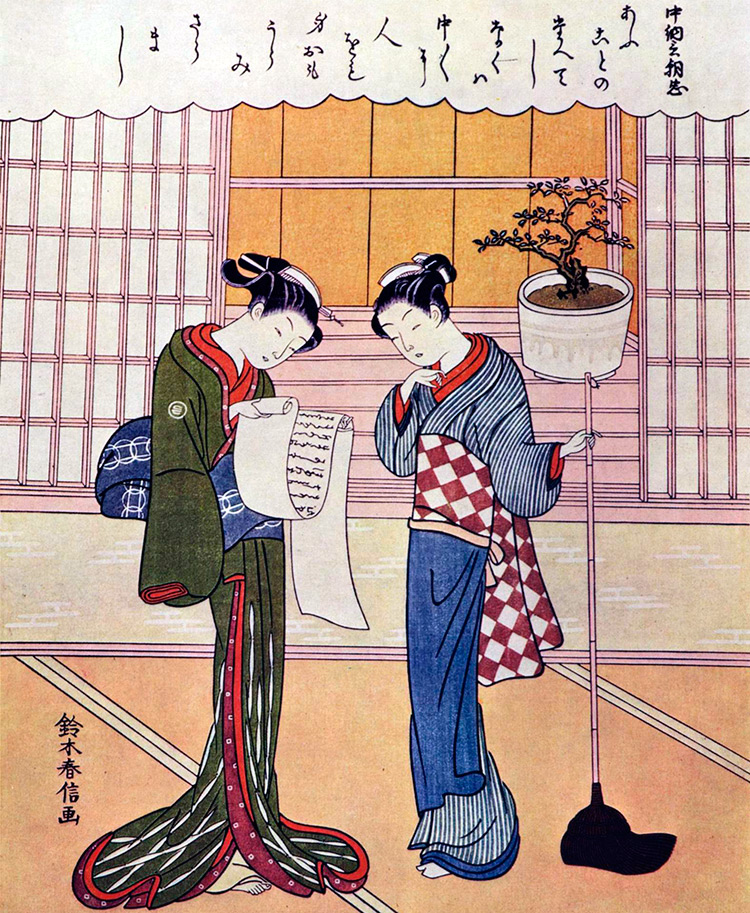
Suzuki Harunobu (1724-1770)
Two women on the veranda
At the bottom of the kimono sleeves can be hemmed and thus small pockets appear in which, for example, coins or other small things can be carried.
Snuff-boxes and purses could be tied to the kimono belt. Figures made of bone or stone in the form of animals or gods - netsuke - were used as a keychain.
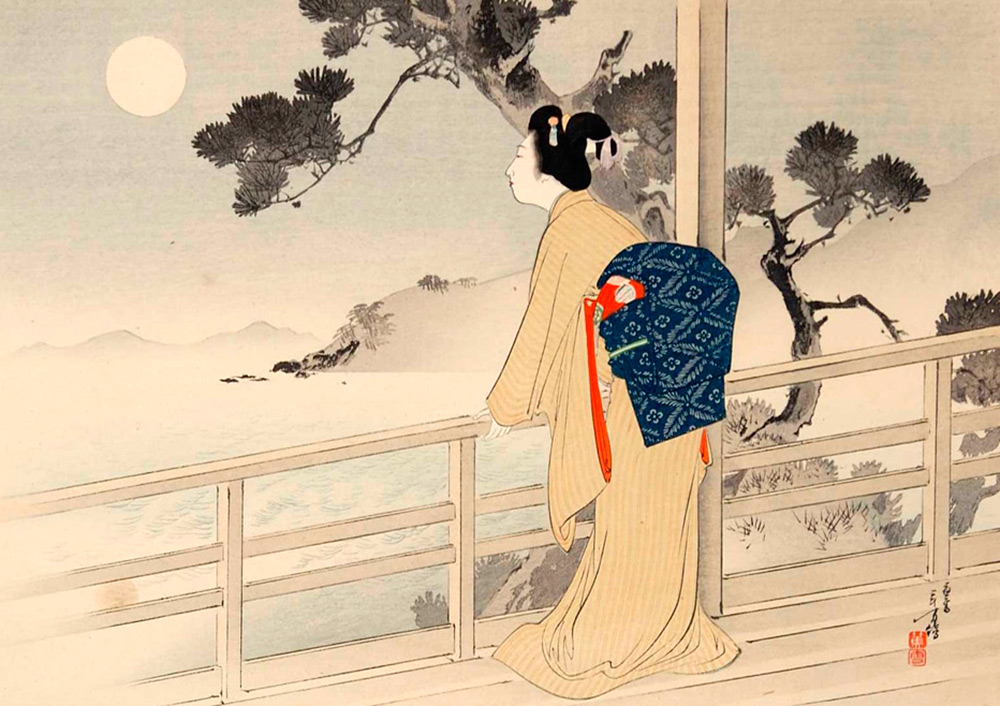
Painter Mizuno Toshikata (1866-1908)
Beauty gazing at the moon
The female kimono differed from the male by the presence of a very wide obi belt, which was placed on the back of the back in a bow, somewhat reminiscent of a pillow. A women's kimono belt was sewn of expensive fabric - brocade or silk and was always decorated with a rich pattern.
By the way, in order to put on a kimono, and even more so to put an obi belt, women always needed helpers. After all, trying to put on a kimono alone can be a very difficult task.
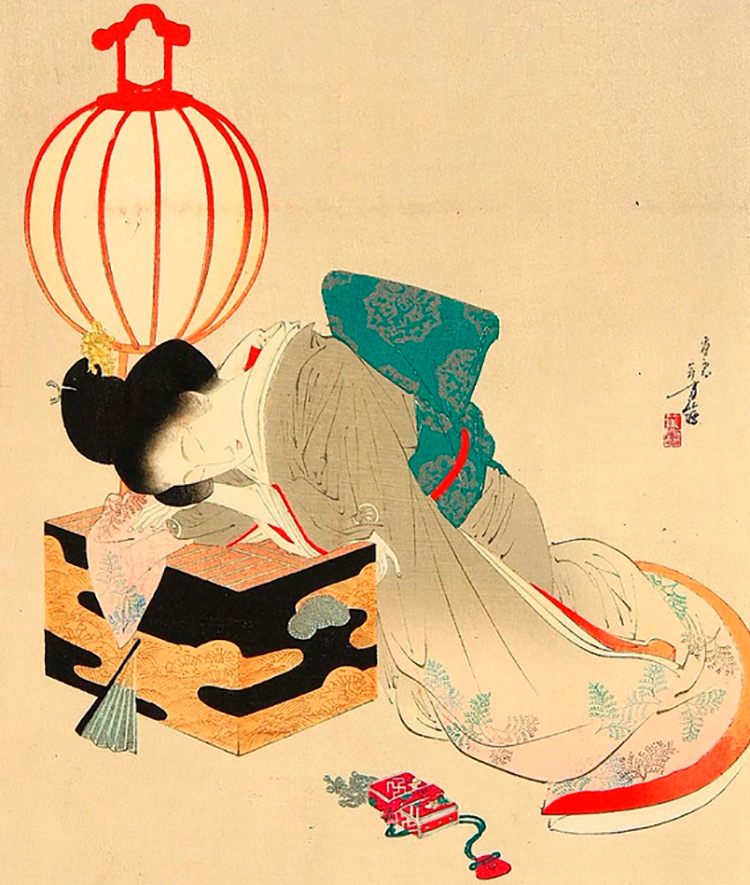
Painter Mizuno Toshikata (1866-1908)
sleeping Beauty
Also, women's kimonos differed in their color and patterns. For example, in the spring they could wear a kimono with patterns of the sakura flower, which blooms in the spring, and in the fall, a kimono with patterns of autumn flowers. The kimonos worn by girls were often completely covered with small patterns. Older women wore more monochromatic kimonos with a large pattern, which was most often placed at the bottom.
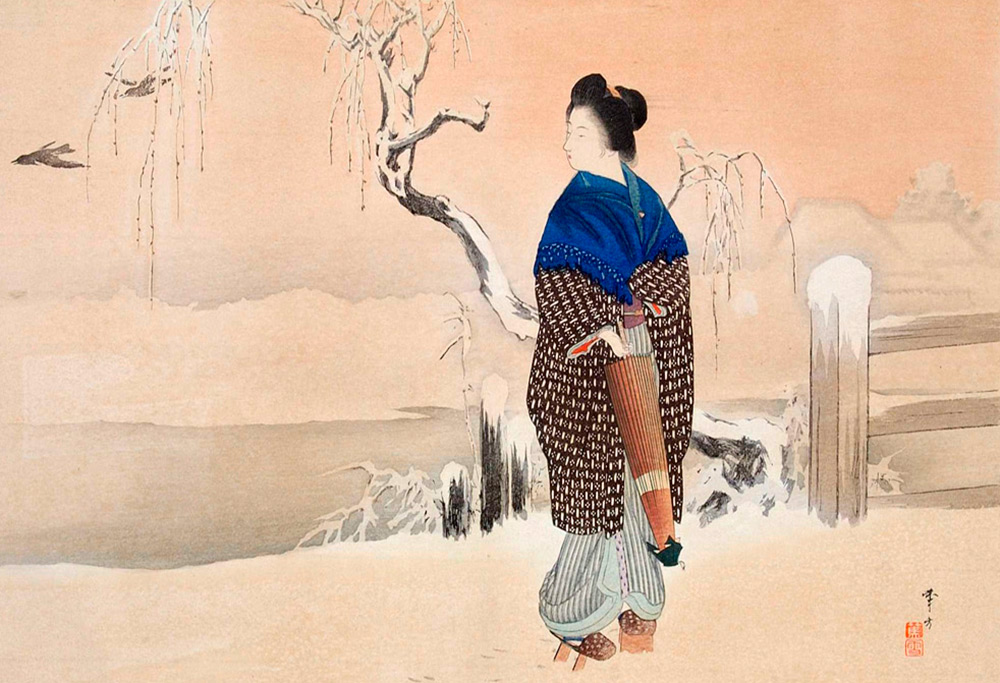
Painter Mizuno Toshikata (1866-1908)
Morning snow
Kimonos for official receptions (kurotomesode) were also almost solid black, with a pattern below the waist. Such kimonos could be adorned with kamons - the coats of arms of the family, which were located in a single copy on the sleeves, chest and back of the kimono.
Another interesting type of kimono is the yukata. This kimono is considered completely informal and summer wear. The yukata also has the simplest cut of all types of kimono.
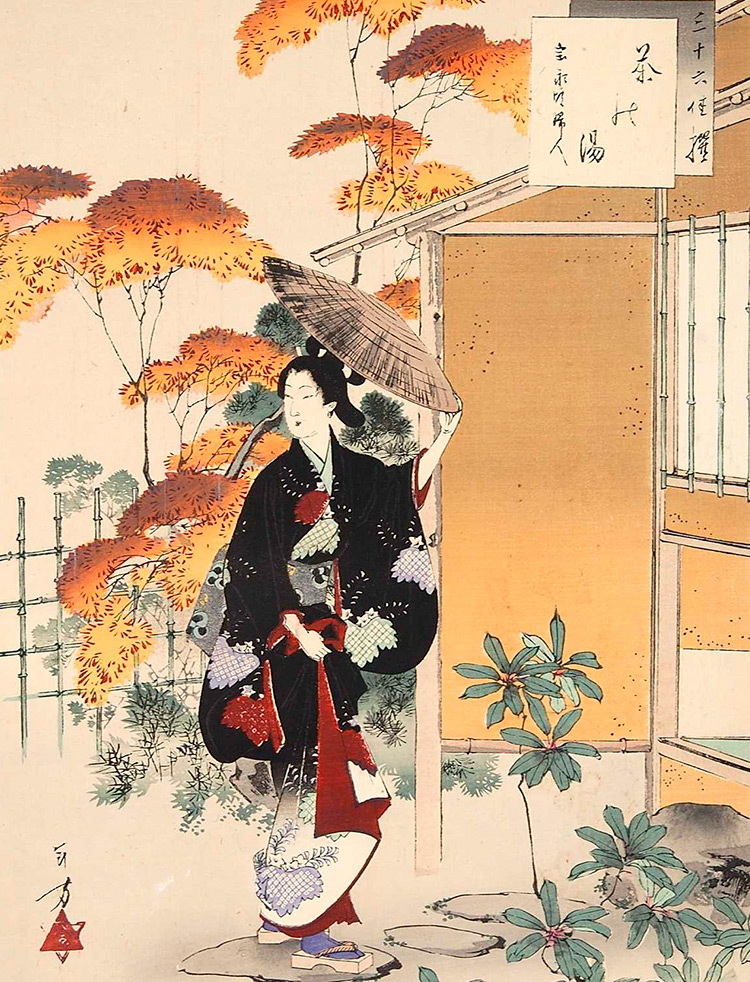
Painter Mizuno Toshikata (1866-1908)
Tea ceremony
In addition to kimonos, women could also wear haori. The haori jacket was practically no different from similar men's clothing. Very often haori was worn by women who had small children. Since it was customary in Japanese culture to carry children behind their backs, the haori in this case was much more suitable for the role of casual wear, in contrast to the less comfortable kimono.
The underwear of the women's national costume of Japan was a skirt not sewn on the sides - kosimaki and hadadjuban - an undershirt made of light fabric.
Comments and Reviews
Add a comment
Rating news
Shades of clothing that make women look younger
What shades of hair make women younger: rules and photos
Funny wedding dresses - photos and ideas
12 most expensive down jackets for the winter
How to look 25 at 40: tips from supermodels
Beautiful schoolgirls
Anti-aging haircuts and hairstyles for women
Fashionable skirts for autumn and winter
Fashionable women's trousers for the cold season
Fashionable and stylish sandals for summer 2024
Spring-summer 2024
 Fashionable dresses and tops with thin spaghetti straps
Fashionable dresses and tops with thin spaghetti straps
 Bandana tops: how to wear stylishly and beautifully
Bandana tops: how to wear stylishly and beautifully
 How to put together the perfect men's wardrobe for the summer
How to put together the perfect men's wardrobe for the summer
 Fashionable shorts for spring-summer 2024
Fashionable shorts for spring-summer 2024
 Fashionable skirts for spring-summer 2024: a guide to online shopping
Fashionable skirts for spring-summer 2024: a guide to online shopping
 The most fashionable dresses spring-summer 2024: styles and colors
The most fashionable dresses spring-summer 2024: styles and colors
 Fashionable total look 2024: ideas of images and trends
Fashionable total look 2024: ideas of images and trends
